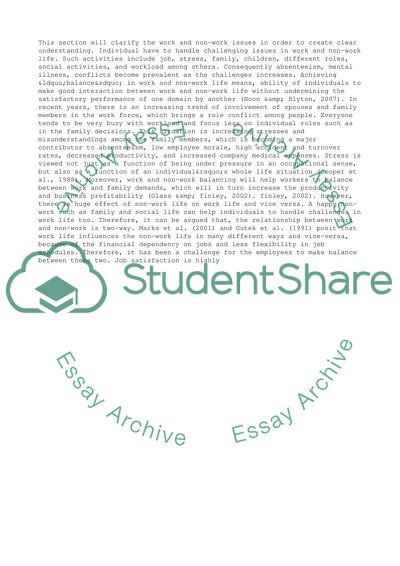Cite this document
(“Relationaship between Work and Non-Work Life Essay”, n.d.)
Retrieved de https://studentshare.org/management/1402536-relationaship-between-work-and-non-work-life
Retrieved de https://studentshare.org/management/1402536-relationaship-between-work-and-non-work-life
(Relationaship Between Work and Non-Work Life Essay)
https://studentshare.org/management/1402536-relationaship-between-work-and-non-work-life.
https://studentshare.org/management/1402536-relationaship-between-work-and-non-work-life.
“Relationaship Between Work and Non-Work Life Essay”, n.d. https://studentshare.org/management/1402536-relationaship-between-work-and-non-work-life.


